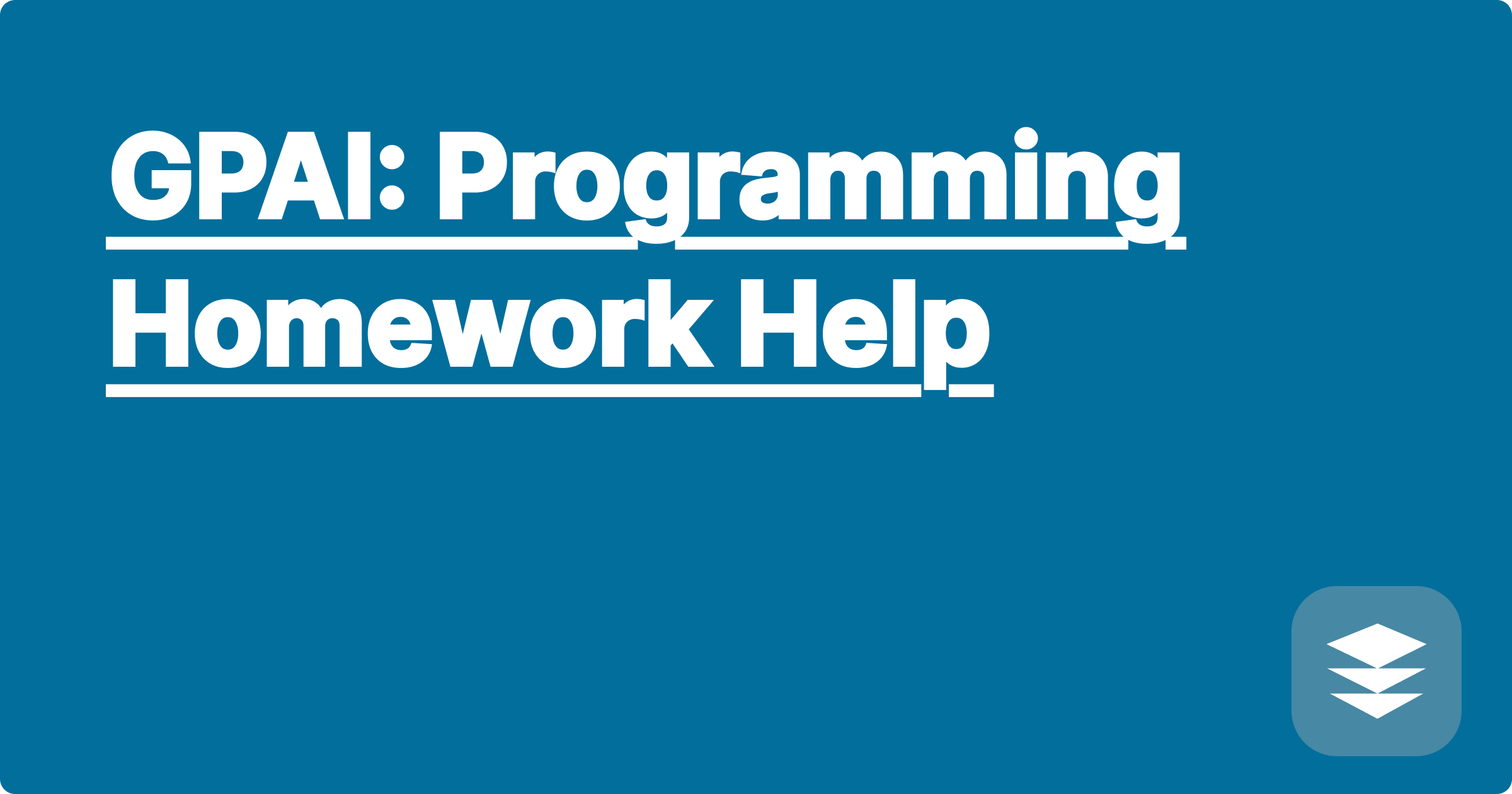
The demanding world of STEM education often presents students with complex programming assignments that can feel overwhelming. Balancing theoretical understanding with practical application, especially in programming, requires significant time and effort. Artificial intelligence (AI) offers a powerful new set of tools that can significantly aid STEM students in navigating these challenges and enhancing their learning experience. These tools can provide support ranging from generating code snippets and explaining complex concepts to debugging existing code and offering alternative solutions.
This shift towards AI-assisted learning is particularly relevant for STEM students and researchers as it allows them to focus on higher-level problem-solving and conceptual understanding. By offloading some of the more tedious and time-consuming aspects of programming assignments to AI, students can dedicate more time to grasping the underlying principles and exploring innovative solutions. This approach not only improves learning outcomes but also prepares students for the rapidly evolving technological landscape where AI collaboration is becoming increasingly prevalent.
Programming assignments in STEM fields often require students to integrate multiple concepts and apply them to real-world scenarios. These assignments can range from simple data manipulation tasks to complex algorithm development and implementation. Students frequently encounter difficulties translating theoretical knowledge into functional code. Debugging errors, understanding complex syntax, and optimizing code for efficiency can be particularly challenging. Moreover, the sheer volume of information and the rapid pace of advancements in computer science can make it difficult for students to stay up-to-date and master the necessary skills. This can lead to frustration, decreased motivation, and ultimately hinder academic progress.
AI-powered tools like ChatGPT, Claude, and Wolfram Alpha offer a transformative approach to tackling programming homework challenges. These tools leverage advanced natural language processing and machine learning algorithms to understand and respond to user queries in a human-like manner. Students can interact with these tools conversationally, asking questions, requesting code examples, and seeking explanations for complex concepts. For example, a student struggling with a specific algorithm implementation can ask ChatGPT to generate a Python code snippet demonstrating the algorithm in action. Furthermore, these tools can analyze existing code for errors, suggest improvements, and even provide alternative solutions.
Engaging with AI tools for programming assistance begins with clearly defining the problem. Articulating the specific task, desired outcome, and any constraints is crucial for obtaining relevant and accurate results. Next, choose the appropriate AI tool based on the nature of the problem. ChatGPT and Claude excel at generating and explaining code, while Wolfram Alpha is particularly useful for mathematical computations and symbolic manipulations. Phrase your query in a clear and concise manner, providing sufficient context for the AI to understand your needs. For instance, instead of simply asking for "a sorting algorithm," specify the type of sorting algorithm (e.g., "a Python implementation of quicksort"). Once the AI generates a response, carefully review the output, ensuring it aligns with the requirements of the assignment. Modify and adapt the generated code as needed, integrating it into your overall solution. Finally, test the code thoroughly to verify its correctness and functionality.
Consider a scenario where a student needs to implement a function to calculate the factorial of a number in Python. They could ask ChatGPT: "Write a Python function to calculate the factorial of a number n." ChatGPT might respond with: def factorial(n): if n == 0: return 1 else: return n * factorial(n-1). This provides a concise and functional solution that the student can directly incorporate into their code. Another example involves using Wolfram Alpha to solve complex mathematical equations. A student could input an equation like "integrate x^2 from 0 to 1" and Wolfram Alpha would provide the solution, along with a graphical representation of the integral. These examples illustrate the practical utility of AI tools in assisting with various aspects of programming assignments.
Effectively integrating AI tools into your STEM learning workflow requires a strategic approach. Avoid relying solely on AI to complete assignments; instead, use these tools as learning aids to enhance your understanding and problem-solving skills. Actively engage with the generated output, critically evaluating the code and explanations provided. Don't hesitate to experiment with different prompts and AI tools to find the most effective approach for your learning style. Remember that the goal is not to simply obtain the answer but to develop a deeper understanding of the underlying concepts. By using AI tools responsibly and ethically, you can significantly improve your learning outcomes and prepare yourself for future success in STEM fields.
To conclude, AI-powered tools offer a valuable resource for STEM students grappling with programming assignments. By understanding the capabilities and limitations of these tools and by adopting a strategic approach to their utilization, students can unlock their full learning potential. Embrace these technological advancements as powerful allies in your academic journey, leveraging their capabilities to enhance your understanding, improve your problem-solving skills, and ultimately achieve greater success in your STEM endeavors. Start exploring these tools today and discover how they can transform your learning experience.
GPAI: Programming Homework Help